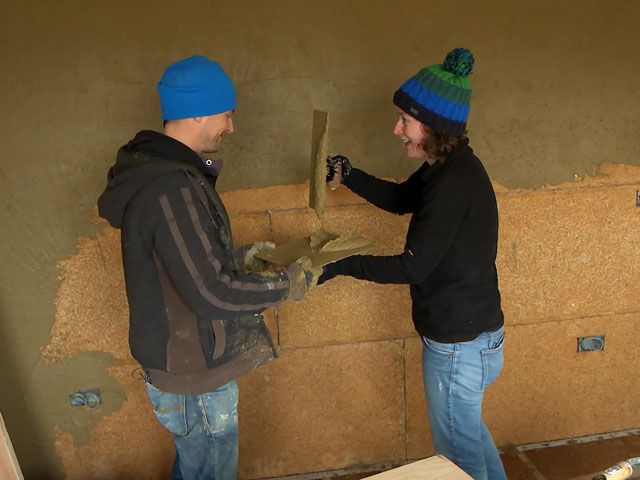7 trending eco-friendly construction materials
With a growing focus on eco-friendly builds, these are the materials experts are using
A new survey from Sell House Fast has revealed the eco-friendly construction materials that building industry experts believe will boom in the coming year.
After speaking to over 580 architects, engineers and construction (AEC) professionals, the research reveals the top seven materials destined to define eco-builds in both the commercial and residential sectors in 2020.
1. Bamboo
69% of architects, engineers and construction professionals agreed that bamboo was the biggest eco-friendly material trend for the next year. While inexpensive and light, bamboo has impressive tensile strength that offers an alternative method to concrete and rebar construction.
2. Straw bales
You may remember the Straw Bale house – a Grand Designs classic, in which the owners uniquely left its straw bale insulation on show to the world. As well as insulating properties, straw bales are naturally fireproof and can be used as a replacement in wall building for concrete, plaster, wood, fiberglass, stone and gypsum.

Photo: Jefferson Smith
3. Timbercrete
By mixing sawdust and concrete to create timbercrete, not only are you provided with a much lighter material, but a more eco-friendly product. The sawdust replaces components within concrete that are most energy-intensive to produce.
4. Recycled plastics
While a property such as the Grand Designs Cowshed conversion in Somerset has re-used plastic in a clever way, with roof tiles made of bottle tops roof, modern construction methods using plastic look to re-use waste in the production of concrete. This takes this plastic out of circulation, reducing greenhouse emissions or keeping it from landfill.

The Cowshed self-build in Somerset uses reclaimed timber and north facing roof tiles made from recycled plastic bottle tops. Photo: Matt Chisnall
5. Ferrock
Stronger than concrete, Ferrock combines recycled and waste products such as steel dust and silica from ground up glass. In the drying and hardening process, the material also absorbs and seals carbon dioxide, meaning fewer emissions than traditional concrete.
6. Hempcrete
Hempcrete is created from the inner fibres of the hemp plant, combined with lime to create a concrete-like material. Super light-weight and durable, it was used by Paul and Blanka in their budget eco-build in Grand Designs: The Street. Read more about their experiences with the construction material.

Photo: Fremantle Media/Channel 4
7. Cork
Made from the bark of cork oak, left untreated cork is naturally water, rot and fire-resistant. The Cork House, a build long-listed for Grand Design’s House of the Year 2019, has been constructed entirely of cork from waste and by product of the cork forestry and stopper industry. You can read more about this build at RIBA.

Photo: Ricky Jones/RIBA









